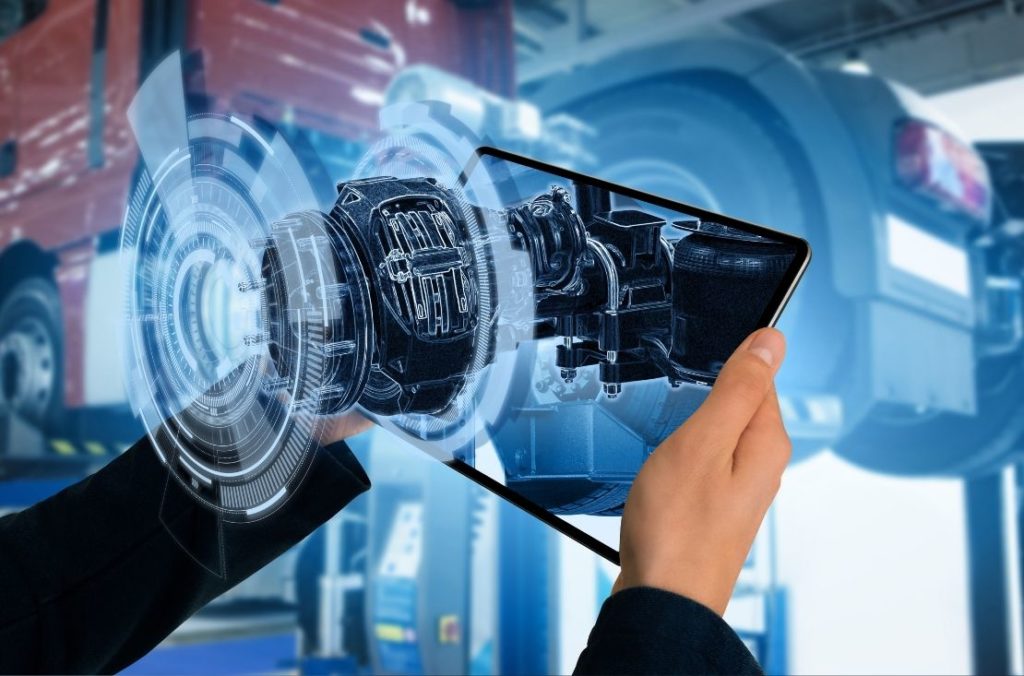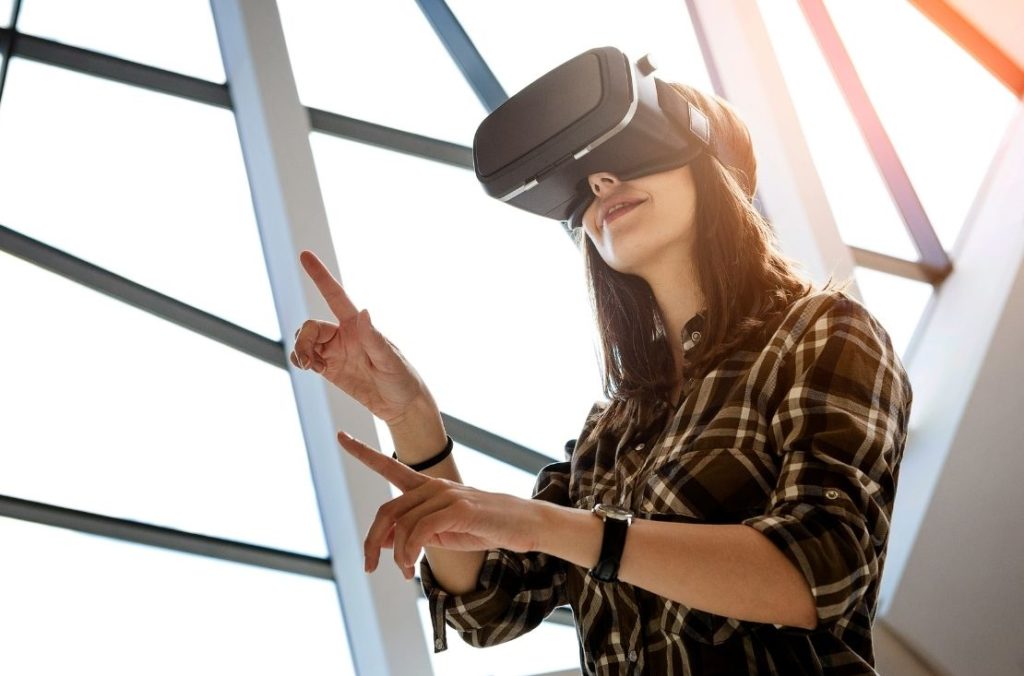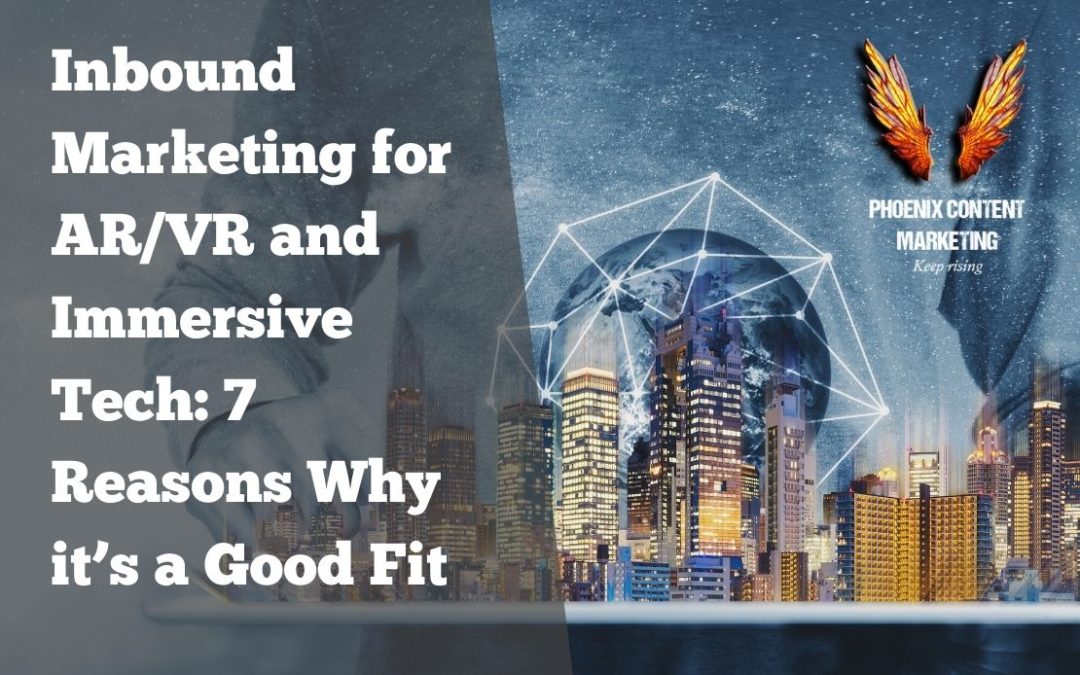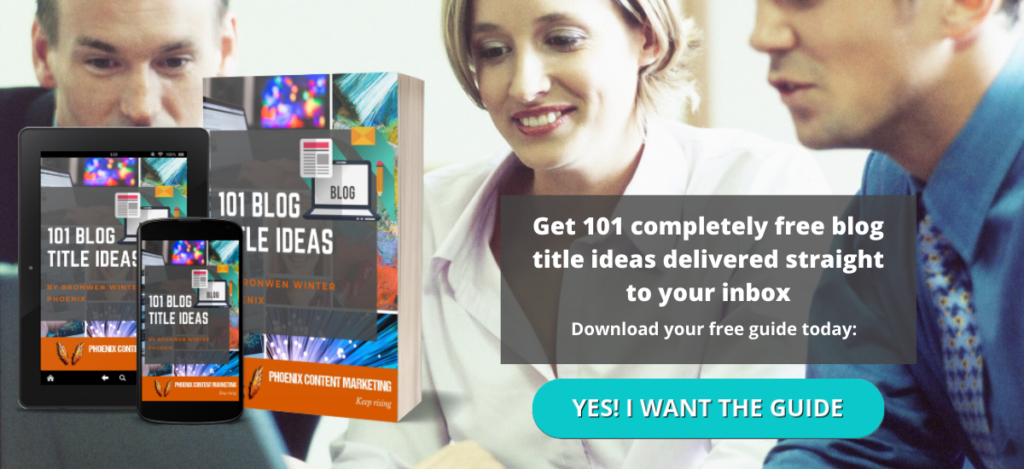Augmented, virtual and mixed reality is reaching a tipping point in public consciousness.
In the experience economy we’re currently in, it seems like everywhere you turn there’s a cool new app being released showing us that it’s only our imagination (or lack of) that’s the limit.
You’ll probably already have an idea that you need to be doing inbound marketing for AR/VR… but not exactly what that looks like, or why you should be doing it.
Well, you’ve come to the right place.
As part of an experienced inbound marketing team specialising in long-term, organic inbound marketing strategies for AR/VR, I’m going to tell you exactly why inbound (or holistic content marketing, as we like to call it here) is a good fit.
What inbound marketing for AR/VR really means
You’ll mostly likely have heard of inbound marketing before, and have an idea of the concept behind it – but what makes it a good fit for your company or organisation?
As a marketing strategy, it tends to be really effective for an emerging industry like AR/VR, because I’m betting you right now your buyers tend to have a lot of questions when they come to you.
They want to know what’s possible, what’s involved, timescales, the process, and what’s required on their end. They’ll have pushbacks, and want to see real-life examples of how you helped similar companies successfully implement an AR/VR or immersive experience.
By answering these questions, addressing these pushbacks and providing valuable content to address every stage of the buyer’s journey, you’re not only connecting with them early on…
… you’re also providing them with everything they need throughout their buyers’ journey, so they can make an informed decision about whether or not your solution is right for them.
It’s different from outbound marketing because it doesn’t disrupt your customers’ lives with intrusive content that they don’t want, don’t need and didn’t ask for.

7 ways inbound marketing for AR/VR can help your business grow and connect with the right clients
So, how can a long-term, organic inbound marketing strategy help your AR/VR/immersive tech company grow, and connect with the right clients at the right stage of their journey?
Although there are many less tangible ways inbound can also deliver value, there are seven main areas where it can really benefit you.
So, here we go.
1. Demonstrate value to your clients with content that speaks their language
Working in AR/VR/immersive tech, it goes without saying that you’re on the cutting edge of technology and software – and you know what’s possible. You know the value you can bring to your clients.
But they don’t.
Maybe you want to demonstrate the value you can bring to on-the-job training. I recently spoke to an AR investor who told us about how AR was being used to help train staff and enable them to get to grips with sensitive tequila gauges.
Or maybe you want to demonstrate the value that your immersive experiences can bring to clients in terms of the amount of engagement and awareness you can generate.
From art galleries to the military (I’m sure you’ve heard about Microsoft Hololens’s latest deal with the US Army to provide 120,000 HoloLens headsets in a 10-year contract worth $21.88 billion) AR/VR and immersive tech is undeniably here to stay.
Inbound marketing allows you to demonstrate the value of your solutions to any field, regardless of whether it’s training and education, retail, defence, or tourism (with so manyy possible use cases for AR/VR tech).
Whatever the value you can bring – be it time, financial ROI, brand awareness or increased productivity – inbound marketing for AR/VR can perfectly demonstrate it, and the difference it can deliver, for your clients.
2. Address your prospects’ questions, pushbacks and concerns every step of the way
Inbound marketing addresses every single stage of the buyers’ journey, and creates helpful content that nurtures them onto the next logical step of their decision-making process.
By creating content that can address their questions, challenges, concerns, and any potential areas of pushback, it streamlines the buyers’ journey, so that they can make an informed decision, faster.
So, with all their questions answered, pushbacks addressed and their decision pretty much made, who do you think they’re going to come to for their AR/VR/immersive tech solution? You; the brand that helped them, of course!
NOTE: As a caveat to this, it goes without saying your solution is not necessarily going to be right for everyone – so it also allows less ideal clients to qualify themselves out. Less time wasted for everyone!
3. Simplify complex ideas and solutions with helpful, valuable, and informative content
You know that what your company does is solve clients’ problems using complex, jaw-dropping solutions. But actually communicating what your company does can be slightly trickier.
However, with inbound marketing for AR/VR, this is a problem that can be solved for you without the need for 20 questions over the phone, boring sales presentations – or Death by PowerPoint!
By creating helpful content that speaks your clients’ language, complex ideas, problems and their solutions can be broken down into a more digestible, easy to understand format.
And the takeaway from that? Things are easier to understand for your buyers and investors – including all the ways it’s going to benefit them – making a decision to buy that much simpler.
4. Showcase what’s possible – the only limit’s their imagination
Similar to point one, there is a distinction between demonstrating value for your customers and literally demonstrating what is possible with AR/VR and immersive tech.
Inbound marketing is the perfect vehicle for demonstrating exactly what you can do with AR/VR and immersive tech, through informative content like blog posts, videos, infographics and case studies (where a specific problem was solved for a customer).
Inbound marketing for AR/VR means you’ll have content that showcases what you can actually do for your clients – and with virtually endless possibilities, that’s a lot!
Just to reiterate, we’ve just scratched the surface of what’s really possible with AR/VR/immersive tech.
Having a plethora of content at your fingertips that shows what’s possible helps to raise awareness, and make more brands prepare to take that all-important leap with innovative – and at times show-stopping – solutions.

5. Shorten your sales cycle
Not everyone visiting your website for the first time – or even the second or third time – is going to become a paying client right then and there – it’s likely they’re not even going to be at the stage where they’re ready to request a consultation.
Instead, they’ll simply go away and do whatever people like to do on the internet (watch cat videos, stalk people on Facebook, ruder things we won’t mention, etc.).
Unless you offer them something of value, such as a free, downloadable guide, white paper, checklist – whatever they’re going to find most compelling. This is known as a ‘lead magnet’ or premium downloadable content.
By continuing to provide helpful content to address every stage of the buyers’ journey, they’ll be ready to make an informed decision, faster – and over time, you’ll see a reduction in your sales cycle as a result.
6. Empower your sales team with helpful content as an effective sales enablement tool
Sales enablement is basically the strategy of aligning all of your sales and marketing processes, and making sure that your sales team has everything it needs; tools, training, and not forgetting, content.
Your content is one of the most important sales enablement tools in the toolbox, and can assist your sales team whether it’s in the boardroom, in an email, or whilst on a Zoom call.
Say, for example, your prospect has a question about how long it’ll take to develop the solution they need, and what will affect timescales? You have a blog post you wrote on that very subject!
Say your prospect has a pushback – maybe they’re concerned about an upcoming deadline, or whether it’s going to deliver the ROI they need? You have case studies for that.
Your prospect wants to understand a more complex technical aspect of what you do? You have an in-depth premium downloadable guide or whitepaper for that!
Weren’t expecting that, were you? Mind = blown.
Now, you’re hopefully starting to get a better understanding of the value inbound can bring, not just to your prospects, but also your sales team.
7. Benefit from a steady stream of consistent, quality leads who are ready to buy
The real beauty of inbound marketing for AR/VR is that all of the hard work of the sales process has already been done for you. Your prospects’ potential questions and concerns have been answered, and they have all the information they need to make an informed decision.
So, by the time they get in touch with you, they’re ready to buy. Resulting in no time wasting, and much more informed clients.
It’s also a long-term strategy that can continue delivering results months, or even years, down the line.
While it might take a bit of time to see it pay off (it could be three months from now, it could be six or nine), it will pay off, and you will see results from it. In fact, companies with an effective inbound marketing strategy can see their annual sales revenue increase by over 150 – 200%.
It can even completely replace traditional strategies, such as your Google Ad campaigns (though in the very early stages, complementing your inbound marketing strategy with a few ads can give you a bit of a boost).
Advice from a HubSpot inbound-certified content writer
When it comes to seeing whether or not inbound marketing is the right fit for your AR/VR company, I’d advise a few more things.
Try reaching out to two or three inbound marketing companies, and see what questions they ask you. For example, they should want to hear about what you’re looking to achieve in your marketing, and your current efforts.
They should also ask about your average sale value, customer lifetime value, and the length of your average sales cycle, as well just getting a feel for your company and whether they’ll genuinely be able to help.
Trust your gut. Anyone who gives you cast iron guarantees is lying. As with most things in life, if it sounds too good to be true, it probably is.
It’s a lot of work, and it should be a lot of work. That’s why we like to interview all of our clients to get at the heart of what they do, and get to the heart of what their ideal client wants.
After all, no-one knows your business, and your clients, better than you do.
Skip to the end… (key takeaways)
In a world that moves at such a breakneck pace as AR/VR, your sales and marketing needs to be able to keep up. This is why inbound marketing could be the right fit for you.
Hopefully this blog has helped to shed a bit more light on some of the reasons why inbound marketing for AR/VR and immersive tech is so effective.
Got a question, or want to learn more about how inbound marketing can benefit your AR/VR or immersive tech business? Feel free to get in touch.
We read and reply to every message we receive.

Written by Julian Thorpe-Smith, HubSpot-certified content writer
Get in touch on +44131 337 2254 or email [email protected].



Recent Comments